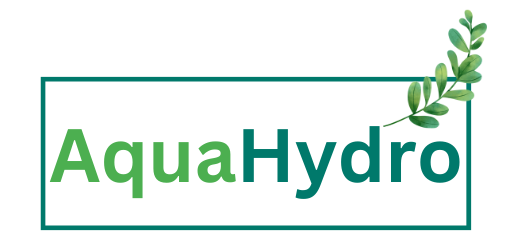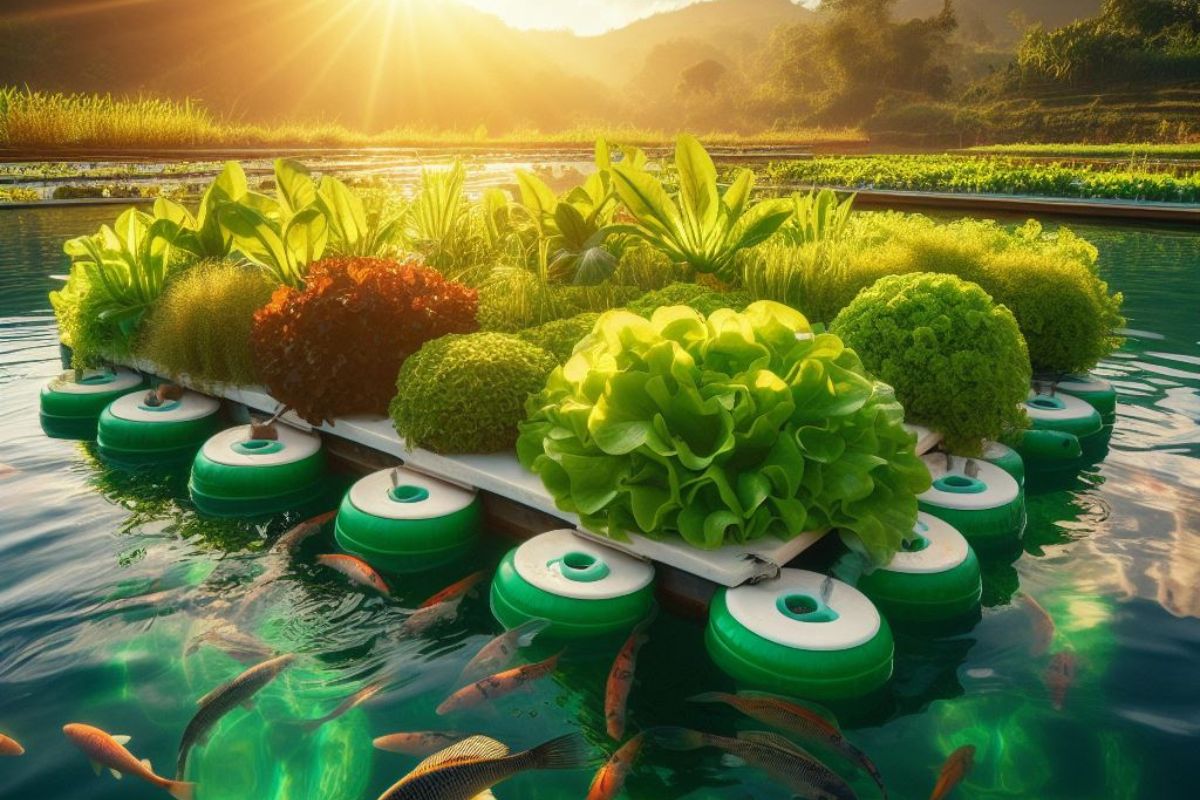In the ever-evolving world of agriculture, innovations continue to emerge, revolutionizing the way we grow food. One such groundbreaking technique that’s been gaining significant attention is floating raft aquaponics. In this article, we delve deep into this sustainable farming method, exploring its intricacies and showcasing how it can transform conventional farming practices.
The Basics of Floating Raft Aquaponics
What Is Floating Raft Aquaponics?
It is a system that combines aquaculture (the cultivation of aquatic animals) with hydroponics (growing plants without soil). This amalgamation results in a closed-loop ecosystem where fish and plants mutually benefit from each other. It operates on the simple principle of nutrient recycling.

How Does It Work?
- Fish Tanks: The heart of a floating raft aquaponics system is the fish tank. Here, fish like tilapia or trout are raised. They produce waste rich in ammonia.
- Biofiltration: The water from the fish tanks is then pumped into a biofilter. This is where beneficial bacteria convert the ammonia into nitrates, which serve as an excellent nutrient source for plants.
- Raft Beds: The nutrient-rich water is then directed to floating raft beds, which support the growth of various plants. These plants, typically lettuce, herbs, or other leafy greens, absorb the nutrients, effectively purifying the water.
- Return to Fish Tanks: Cleaned and oxygenated, the water is returned to the fish tanks, completing the cycle. This continuous loop ensures both fish and plants thrive.
Advantages of Floating Raft Aquaponics
Sustainability
Floating raft aquaponics epitomizes sustainability. Unlike traditional farming methods, it utilizes significantly less water as it recirculates the same water through the system. Moreover, it eliminates the need for chemical fertilizers, reducing environmental impact.
Increased Yield
This method allows for year-round cultivation, resulting in higher yields compared to seasonal outdoor farming. Additionally, the controlled environment minimizes the risk of pests and diseases.
Space Efficiency
Its systems can be set up vertically, making them suitable for urban environments with limited space. This innovative approach can revolutionize local, urban agriculture.
Minimal Weeding
As the plants grow in floating rafts and not soil, there’s no need for back-breaking weeding. This is a boon for farmers and gardeners alike.
High-Quality Produce
The controlled environment ensures optimal growing conditions, leading to consistently high-quality produce. This is especially appealing to restaurants and local markets.
Challenges and Considerations
While it offers numerous benefits, it’s essential to acknowledge some challenges:
Initial Investment
Setting up a floating raft aquaponics system requires a significant initial investment in equipment and infrastructure. However, the advantages in the long run typically surpass the initial expenses.
Learning Curve
Operating a successful aquaponics system demands a certain level of expertise. Novice farmers may need time to grasp the intricacies of water chemistry and ecosystem management.
Energy Consumption
Pumps and aeration systems are essential components of these setups, contributing to energy consumption. However, advancements in energy-efficient technology are mitigating this concern.
The Future of Agriculture
As we stand on the cusp of a sustainable agricultural revolution, floating raft aquaponics stands as a testament to innovation. Its fusion of aquaculture and hydroponics not only addresses the growing concern of food security but also offers a viable solution to the environmental challenges associated with conventional farming.
In conclusion, floating raft aquaponics is not just a farming technique; it’s a beacon of hope for a greener, more sustainable future. Its ability to produce bountiful yields while conserving resources makes it a frontrunner in modern agriculture.

